Publisher
Routledge
ISBN 10
1032225653 / 1032225688
Published
5 Sep 2023
As a teacher and leader who has worked across mainstream, hospital education and alternative provision, Sarah Johnson understands the importance of child-centric approaches. Having dedicated the majority of her career to inclusion, mental health and behaviour, she has established herself as both a champion of pupils who are most in need and an expert in the complex work of supporting them.
A follow-up to Behaving Together in the Classroom (as Sarah Dove), Johnson’s latest outing, All About SEMH – which is actually two books, one for primary and one for secondary – tackles the complexity of social, emotional and mental health needs. Here, she provides a balance of contextual information regarding the different internal and external behaviours exhibited by pupils alongside practical strategies and conversational prompts.
The result is an accessible toolkit with something for everyone regardless of experience or longevity. Initially intended for teachers and other adults providing support in the classroom, the books are just as relevant to leaders, for whom SEMH poses a growing systemic challenge.
Underlying the practical application, there is a warmth to these books. Johnson’s conversational style reflects her own practice as a teacher and leader. She is equally honest about the classroom challenges and how our education system often aggravates these. She notes, for example, that her own teacher training and that of many since (including yours truly), was blinkered upon lesson planning and delivery for most pupils, lacking the forensic focus needed to meet a range of needs.
Fittingly then, when I first thumbed through All About SEMH, I was surprised by the number of strategies I was able to quickly pick up, use or adapt that I had neither been given when I trained nor had developed through honing my practice.
While Johnson draws on her rich experience, she also makes reference to the latest research evidence. This allows readers to add to their theoretical understanding of this aspect of SEND as well as their contextual practice.
It’s in Johnson’s strategies where the strength of the book lies
However, it’s the views of parents and pupils that punctuate the books which really stand out. They bring to light the real struggles families experience within our education system. Johnson does not present them to pass judgement but to remind us of our core purpose as educators, always returning to the individual need of the child.
The case studies throughout each book are carefully chosen to highlight a given aspect or need related to SEMH, and to reconnoitre the nuances faced by individual young people. They add a refreshing realism, which help connect the strategies she provides to the child and the situation.
And it’s in Johnson’s strategies where the strength of the book lies. For each situation, she presents a range of different techniques and conversation starters to try, with options that the reader can consider or adapt. The key to all of these is that she recognises that her reader knows the challenge and the child, and is best able to choose the strategy that fits their situation.
What is clear throughout is that the All About SEMH books are not there to serve as manuals or diktats but as an additional resource to give confidence to educators. They foreground the needs of young people who often struggle to deal with the most basic situations and emotions, but never forget the needs of the other learners in the classroom.
As Johnson herself asserts at the start, teaching is hard. Amid the strain of curriculum planning, assessment, understanding and preparing to meet the needs of young people, and external stakeholder pressure squeezing the time of teachers, the solutions in All About SEMH give us all a ‘bit of a leg up’.
While the books could be taken in isolation and educators might be drawn to the one of their chosen sector, I would urge you to consider both as a comprehensive tour of SEMH. There is learning to be found across phases, of course. But perhaps more importantly, as Johnson herself makes clear, pupils’ individual needs are not defined by age, stage or setting. Neither should our practices.






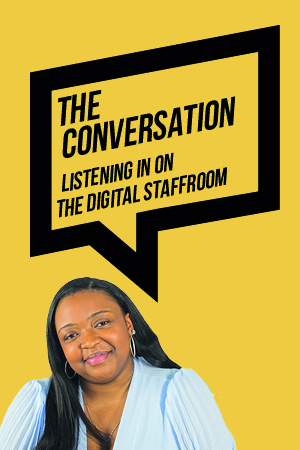

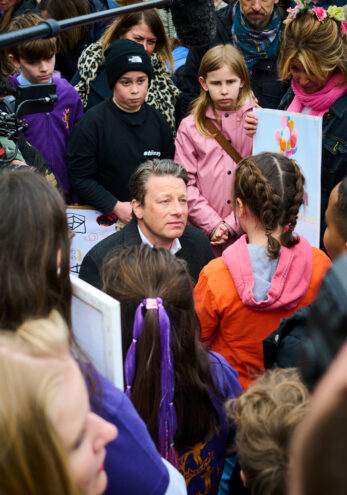
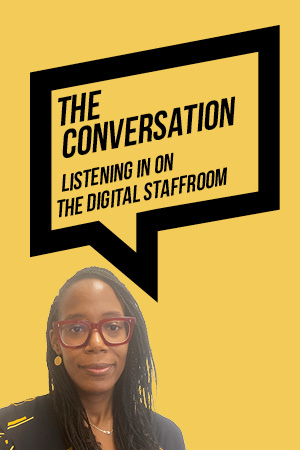
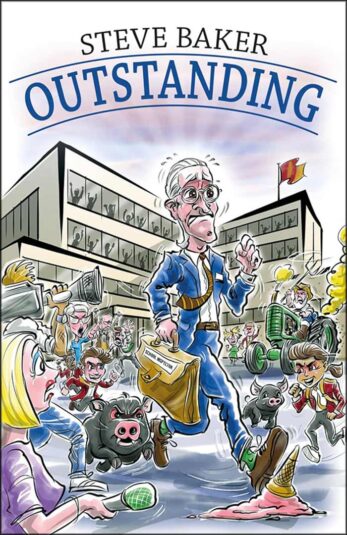

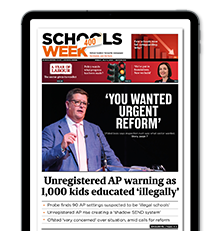
Wish I had time to read a book about education, but the pointless workload (issued by the utterly lazy SLT) is that much that I’m not only out of time to read anything for work let alone pleasure, but so exhausted, I just go to bed ready for the onslaught of more silliness from the useless school leaders we are faced with the next day.
Amanda – I completely appreciate this and how hard it can be. With a toxic atmosphere and struggles to be able to just get to work must be so difficult. The book can wait, your needs can’t. Hope you are able to be in a position to find a place where you are and feel valued.